Shenzhen, China, home to seventeen million residents, stands as a global hub for electronics manufacturing. Adjacent to the bridge leading to Hong Kong lies a colossal rail terminal and depot, boasting a roof stretching three-fourths of a mile long and 160 to 200 feet wide, with a towering height of about 50 feet. This immense structure, resembling a massive wall, had effectively severed residential areas from the waterfront.
Redefining Urban Spaces
Beijing Landscape Architects Crossboundaries spearheaded the transformation of this underutilized rooftop into a vibrant urban recreational space. Their vision aimed to seamlessly integrate the building into its surroundings while reimagining urban design’s civic function in the 21st century. Key objectives included enhancing physical education in nearby schools, providing recreational amenities for the public, and establishing facilities for professional sports events.
A Multi-Functional Linear Park
Divided into five distinct sections, the rooftop serves various user groups, including schools, professional athletes, and the general public. The linear park features trails offering panoramic views of the city and harbor, providing an elevated perspective over the bustling border control plaza leading to Hong Kong.
Sustainable Design Principles
Embracing environmental sustainability, the project incorporates ample greenery, permeable architectural structures, and eco-friendly materials. Lush vegetation along pathways not only provides shade but also enhances drainage and microclimate conditions, fostering a comfortable outdoor experience for visitors.
Bridging Communities
Binke Lenhardt, co-founder of Crossboundaries, emphasizes the park’s role in bridging urban communities with the seaside, catering to the escalating demand for recreational spaces amidst dense urban environments. The linear park serves as a vital link, offering respite and leisure opportunities amid the bustling cityscape.
Unlocking Rooftop Potential
The Shenzhen Skypark exemplifies the untapped potential of existing rooftops, demonstrating their suitability for public amenities, such as recreational facilities and green spaces. While challenges like structural limitations may hinder widespread adoption, the project underscores the versatility and value of rooftop repurposing initiatives.
A Glimpse into the Future
While projects akin to the Shenzhen Skypark may remain rare due to structural constraints, they offer valuable insights into maximizing urban spaces’ potential. Rooftop utilization for solar energy generation, urban agriculture, and public amenities represents a promising avenue for sustainable urban development.
In conclusion, the Shenzhen Skypark project exemplifies innovative urban renewal efforts, showcasing the transformative power of reimagining underutilized spaces. As cities grapple with the challenges of urbanization, initiatives like these offer inspiration and practical solutions for creating vibrant, inclusive urban environments.


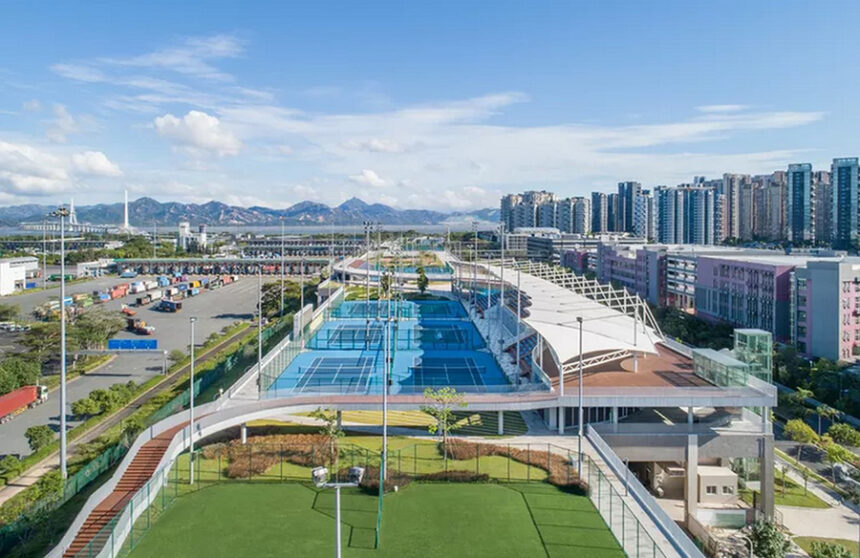
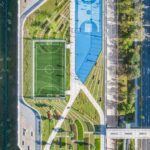

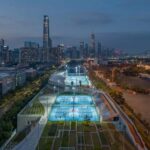
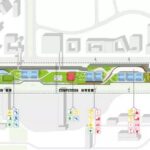
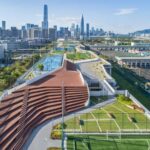
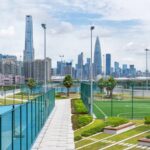
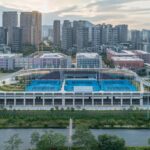
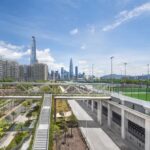
Leave a Reply